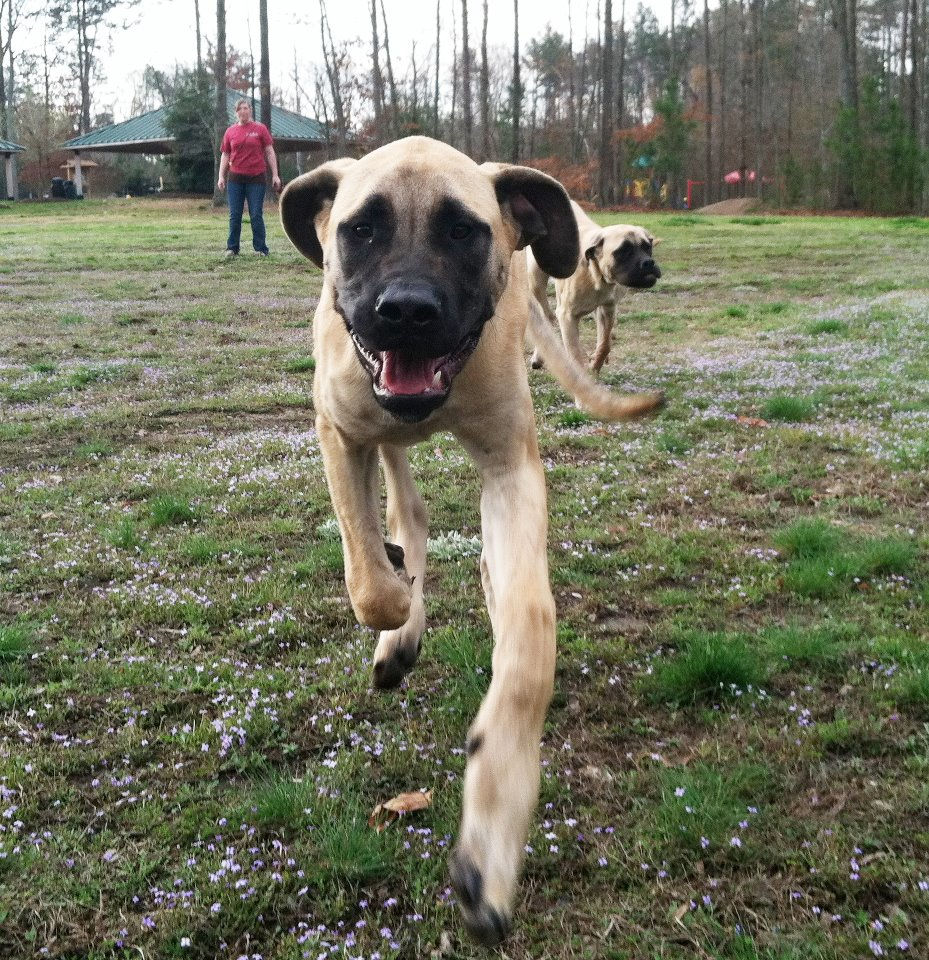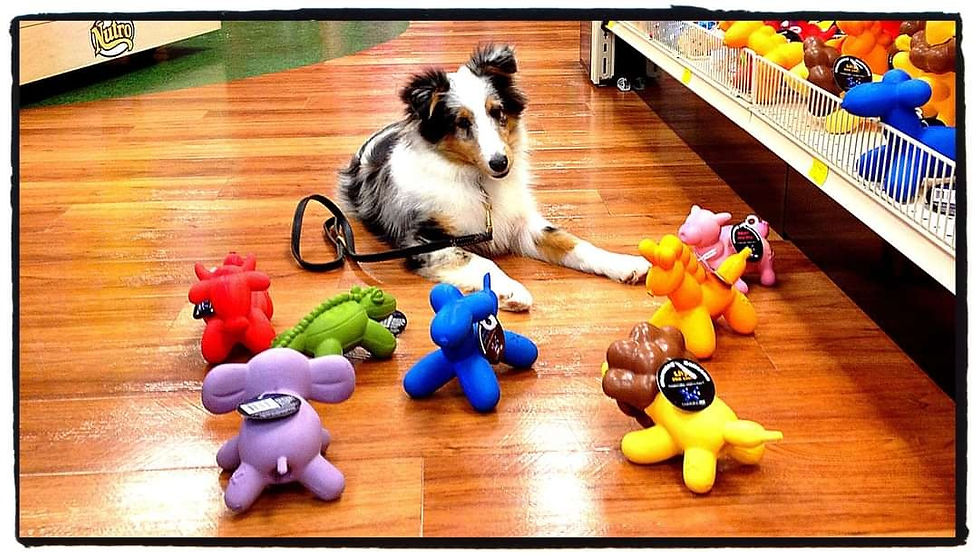Why Choose a Dog Board and Train Program?
- Alison Geiger Miller
- Aug 2
- 4 min read
Updated: Aug 6
Training a dog can be a rewarding yet challenging experience. Whether you have a new puppy, an adult dog with behavioral issues, or simply lack the time to train your dog yourself, finding the right training solution is essential. One effective option gaining popularity is board and train programs. These programs offer a structured environment where professional trainers work intensively with your dog, helping them learn essential skills and good behavior then teach you how to work with you dog and keep up on the new skills.

Benefits of Dog Training Board Programs
Board and train programs provide several advantages that make them an excellent choice for many dog owners. Here are some key benefits:
Professional Expertise: Experienced trainers use proven methods tailored to your dog’s needs.
Consistent Training Environment: Your dog stays in a controlled setting, reducing distractions and reinforcing learning.
Time-Saving for Owners: You don’t have to dedicate hours daily to training sessions.
Behavioral Improvement: Programs address specific issues like aggression, anxiety, fear, or housebreaking.
Socialization Opportunities: Dogs interact with other dogs and people under supervision, improving social skills.
For example, a busy professional with a new puppy might struggle to find time for daily training. Enrolling the puppy in a board and train program ensures consistent learning without the owner’s constant involvement. Similarly, an adult dog showing signs of separation anxiety can benefit from the structured care and training provided.
Understanding Dog Training Board Programs
Dog training board programs typically involve your dog staying at a training facility for a set period, ranging from a few weeks to a couple of months. During this time, professional trainers work on obedience commands, manners, and any behavioral challenges.
The process usually includes:
Initial Assessment: Trainers evaluate your dog’s temperament and specific needs.
Customized Training Plan: A tailored program is created to address goals.
Daily Training Sessions: Multiple sessions focus on commands, socialization, and behavior correction.
Owner Involvement: Some programs include owner training sessions to maintain progress at home.
Follow-Up Support: Trainers provide guidance after the program ends.
This immersive approach helps dogs learn faster and more effectively than occasional training classes. It also allows trainers to observe and modify techniques based on the dog’s progress.

What is the average cost of training a dog?
The cost of dog training varies widely depending on the type of program, location, and trainer expertise. Prices generally range from $2,000 to $6,000 for a 2-4 week stay. This fee often includes:
Boarding and daily care
Multiple training sessions per day
Behavior assessments
Owner lessons
In comparison, group classes or private lessons may cost less per session but require more time commitment from the owner and take much longer to achieve the same goals with your dog. The investment in a board program can be worthwhile for those seeking faster results or dealing with complex behavioral issues.
When considering cost, it’s important to evaluate the value of professional training combined with boarding. The convenience and effectiveness often justify the higher price point.
How to Choose the Right Board and Train Program
Selecting the best training program requires careful consideration. Here are some tips to help you make an informed decision:
Research Trainer Credentials: Look for trainers who have graduated from Professional Dog Training Schools with certifications and are associated with reputable organizations like the International Association of Canine Professionals (IACP).
Visit the Facility: Ensure the environment is clean, safe, and comfortable for your dog.
Ask About Training Methods: Every dog is different, and methods should be adjusted to your dog and household. Ensure the trainer is well versed in many training methods and not one size fits all.
Check Reviews and References: Feedback from other dog owners can provide insight into the program’s success.
Clarify Program Details: Understand the length, daily schedule, and what is included in the cost.
Discuss Your Dog’s Needs: Make sure the program can address specific behavioral issues or training goals. Some board and train programs follow a strict repertoire and do not address specific behavioral issues. Avoid big name corporate/franchised programs if possible. They tend to not have the dog's best interest at heart.
For example, if your dog has aggression problems, choose a program with experience in behavior modification. If you want basic obedience training, a general board and train program may suffice.

Maximizing Success After the Program
Completing a dog board and train program is just the beginning. To maintain and build on the progress, owners should:
Practice Commands Daily: Consistency at home as well as other locations reinforces training.
Maintain a Routine: Regular exercise and mental stimulation help prevent behavioral relapse.
Attend Follow-Up Sessions: Some trainers offer lessons, refresher classes or support.
Be Patient and Persistent: Training is an ongoing process that requires dedication.
By staying engaged and applying what you learn from the trainers, your dog will continue to thrive and behave well in various situations.
For those interested in exploring this option, consider checking out professional dog board and train programs that can provide expert care and training tailored to your dog’s needs.
Choosing a dog training board program can be a game-changer for dog owners facing time constraints or behavioral challenges. With professional guidance, a structured environment, and ongoing support, your dog can develop into a well-mannered and happy companion.
Contact us today to see how we can help your dog with our board and train programs!




Comments